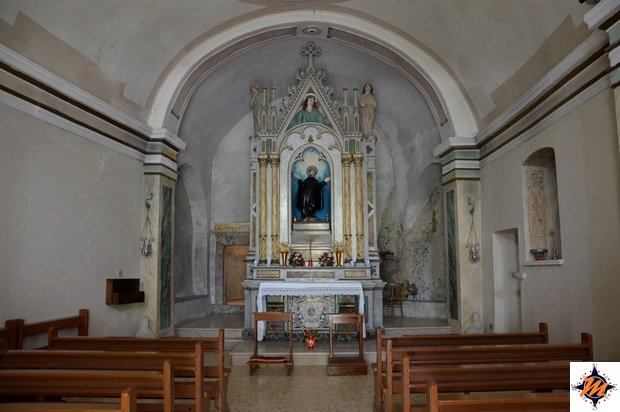
From an early age I had a special attraction for the characteristic villages, for the small towns out of time where the traditions are handed down from generation to generation. Probably everything is due to the fact that I was born in Abruzzo, a region rich in picturesque villages to be discovered and immortalized. Today I will talk about Villalago, a delightful village just outside the National Park of Abruzzo, Lazio and Molise, often not visited to the detriment of the nearby and more famous Scanno.
Reaching Villalago is very simple: just follow the A25 Torano-Pescara motorway, exit at the Cocullo tollbooth (another village to be discovered, perhaps during the pagan celebration of San Domenico) and take one of the most suggestive roads of Abruzzo, the one that crosses the heart of the Gorges of Sagittarius, between tunnels and narrow hairpin bends.
Villalago is known above all for the lake of San Domenico, an inevitable stop during the journey. The lake, in the locality of Prato Cardoso, suddenly appears, on the right, with its limpid and green waters. The place was chosen by a Benedictine monk, San Domenico Abate, born in Foligno in 951 who settled in a natural cavern in front of the source of the river Sega to devote himself to prayer and meditation. The retreat soon became a place of worship to such an extent that a hermitage was built here. Today the hermitage of San Domenico is easily visited. A portico with a sixteenth-century mullioned window welcomes the lake with four scenes illustrating as many miracles of the same saint. Inside a neo-Gothic style altar and a door that leads to the cave where San Domenico used to retire. Until a few years ago, the wooden beams on which San Domenico slept were preserved here, today transferred to the parish church after being seriously damaged by fire.
The surrounding environment is also ideal for picnics and fishing. It is not uncommon to meet people intent on fishing, given that this basin is rich in trout. From the lake there are also some paths that reach the village of Villalago and the surrounding mountains such as Rosa Pinnola and Valle Preziosa.




Villalago, hermitage of San Domenico
Many prefer to continue along the road to the largest lake of Scanno, largely in the municipal territory of Villalago, and the village of Scanno, known as the "village of photographers" as great artists of the past, from Cartier-Bresson to Berengo Gardin, have immortalized its streets, its roofs and its women in traditional clothes. Yet the town of Villalago is no less as for photos to photograph.
From the main square a staircase leads to the historic center, climbing on the eastern side of Mount Argoneta. On the right the Parish Church in Romanesque-Abruzzi style houses the altar of San Domenico and a canvas painting dating back to 1521 and depicting the Madonna del Rosario. This part of the town, a little like all the villages of Abruzzo, is a succession of narrow streets, squares and old houses.

The "Porticella" is the door that once gave access to the town and the old town hall. Subsequently the bell tower anticipates what is the Palazzo della Cancelleria, seat of the ancient University, currently used as a dwelling. Once the element that distinguished Villalago was probably the Rocca, whose defensive walls have been replaced by civil houses and of which today only a tower of medieval origin remains and the Baronial Palace which houses the Museo dei Mestieri della Rocca in which they are exposed information panels and faithful reproductions of the ancient local crafts.
During my visit I found the old town of Villalago almost completely deserted except for an elderly couple who showed me the way to the tower. It's a shame because the village deserves and has nothing less than the nearby Scanno.






